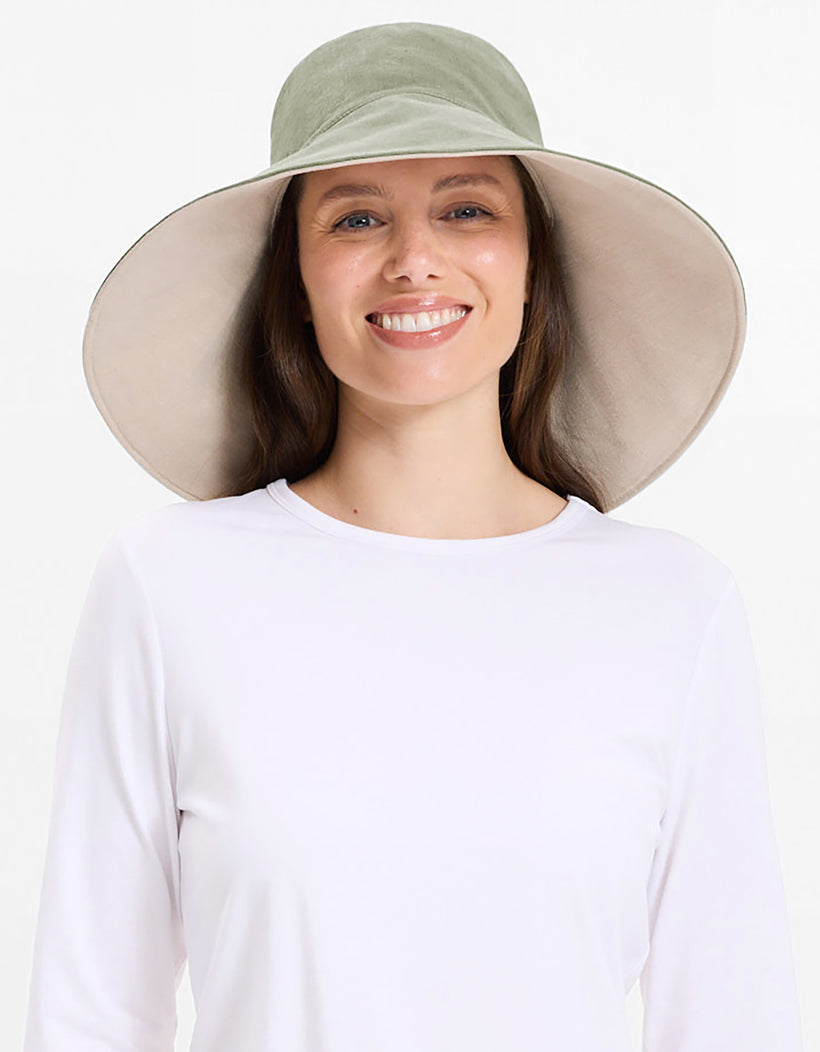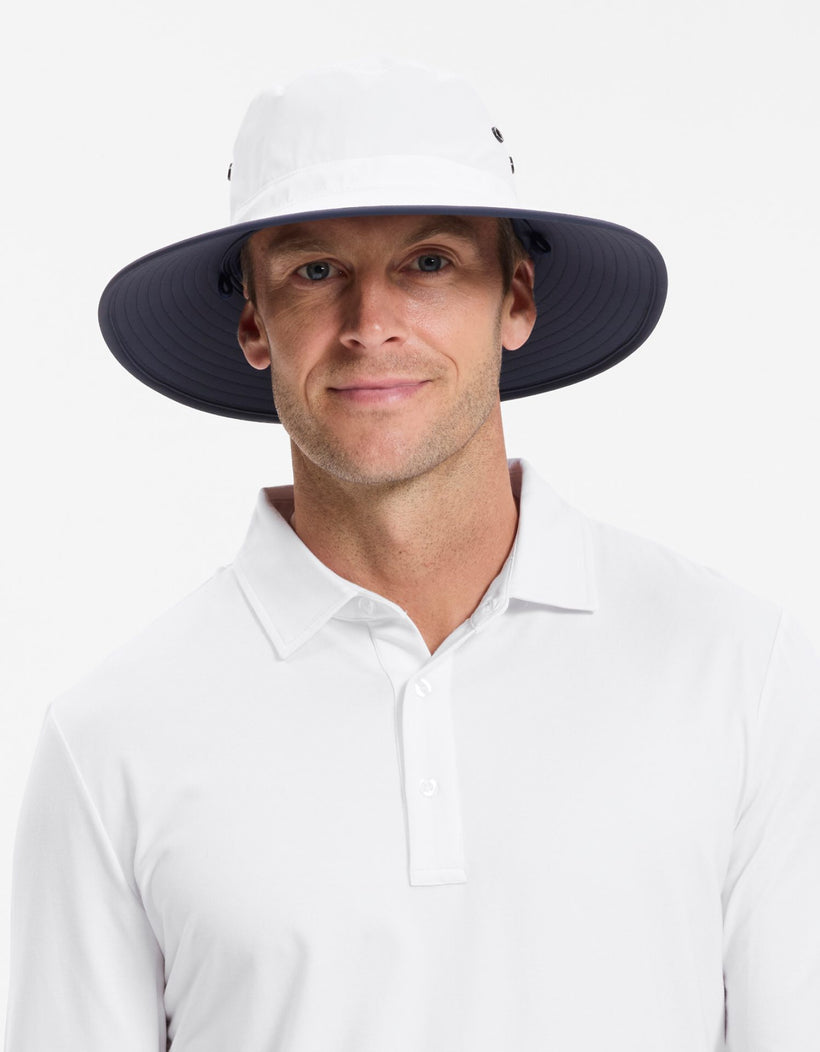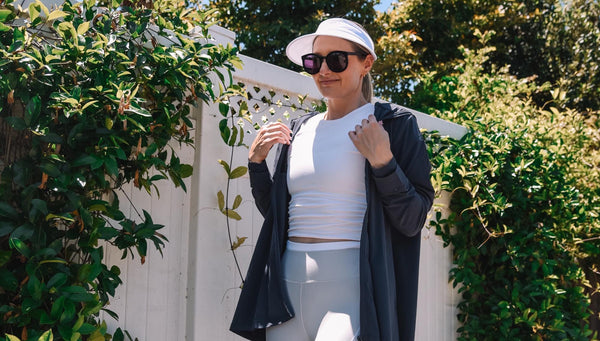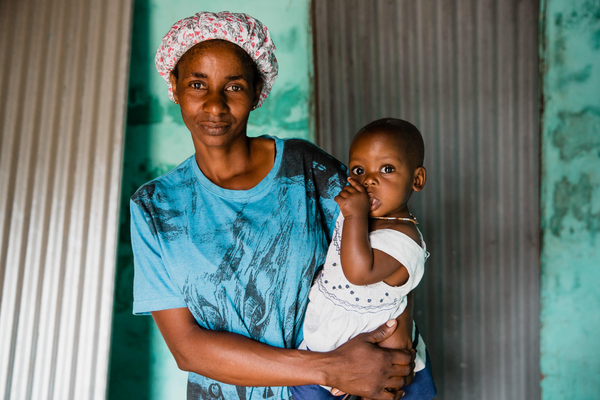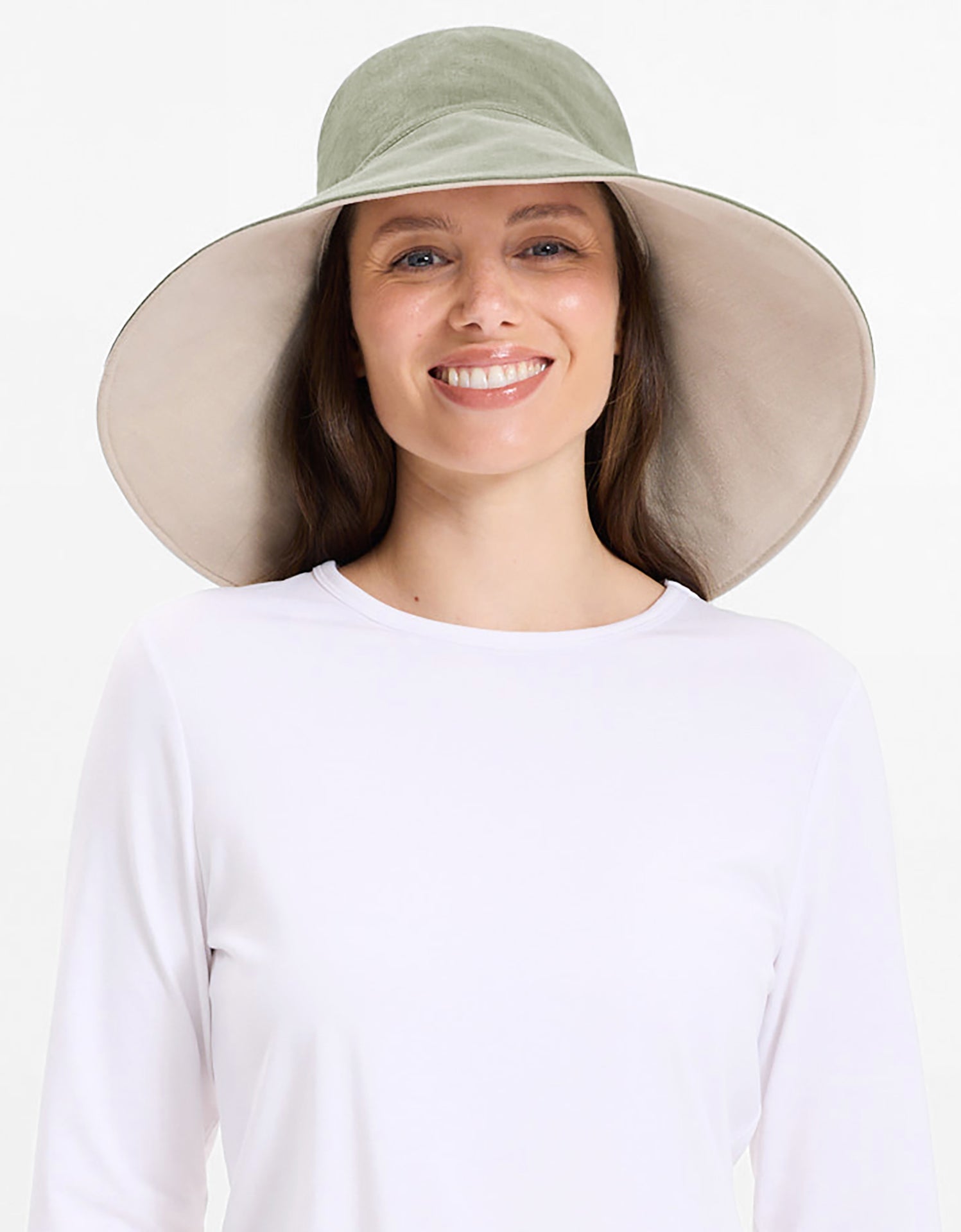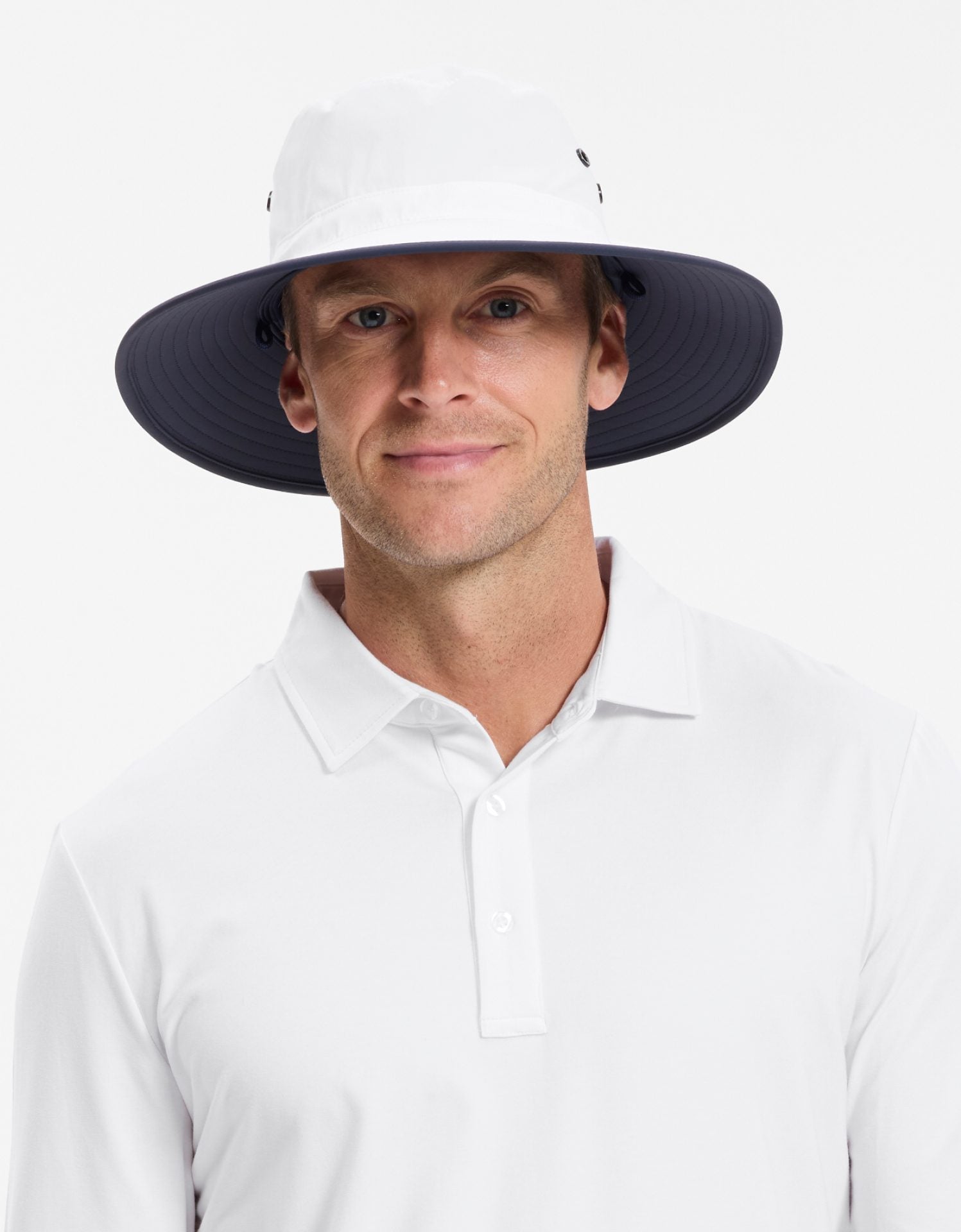Dr. Leila Varghese on why Australians are leaders in skin cancer research

Doctor Leila Varghese is a curation scientist in the Precision Oncology group at the University of Melbourne Centre for Cancer Research. Having received her PhD in Medical Biology from the University of Melbourne in 2014, Dr Varghese is passionate about improving the diagnosis process and treatment recommendations of cancer patients through the sequencing of their tumor DNA. We are grateful that Dr Varghese took the time to answer our questions as they pertain to skin health and sun safety.
Please introduce yourself.
I’m Dr Leila Varghese, a curation scientist in the Precision Oncology group at the University of Melbourne Centre for Cancer Research. We’re part of the Victorian Comprehensive Cancer Centre. A curation scientist is a kind of genome detective. We search through the DNA of a patient’s tumor to find changes in genes that might be important to their cancer.
Could you introduce who the Victorian Comprehensive Cancer Centre is and what Genomics is?
The Victorian Comprehensive Cancer Centre is an alliance of 10 cancer organizations, including Peter Mac Cancer Centre, Melbourne University, and the Royal Melbourne Hospital, working together in research, education, and care for people with cancer. In cancer genomics we sequence the DNA of patients’ tumors to find how they are different from their normal cells. That information can help guide a patient’s diagnosis or suggest treatment options specific for the DNA changes in their particular tumor.
Could you provide some context as to what you do?
When someone is diagnosed with cancer it’s not always clear what type of cancer it is or what treatments they should consider. Sometimes there is nothing extra we can add, but other times we can change a diagnosis, or identify a target for treatment or something that would allow them access to a clinical trial, and that’s really exciting.
Are skin cancers an area that you focus on?
We deal with all sorts of cancers. There are three main types of skin cancers: basal cell, squamous cell, and melanoma. The first two are the most common types of cancer in Australia, and usually treated with surgery. Melanomas are the more dangerous type, and also fairly common in Australia, so we see a few of these.
How long does it take to confirm a cancerous cell and identify what type it is?
The initial cancer diagnosis is done by the standard pathology at the hospital. Our processes in genomics take longer, usually around 4 weeks, and because of the time and expense is not done for every patient. We tend to get the difficult cases: unusual cancers, ones that are hard to diagnose, and ones that are tricky to treat. It’s still a fairly new technique and quite labor intensive. There’s a lab team preparing the samples and running the machines, and a bioinformatics team processing the huge amount of data involved. Then curators, like me, look through all the data and decide what to report to the patient and their clinician. There are lots of discussions with other curators, as well as pathologists and researchers, to try and get the best outcomes we can for the patients.
Do skin cancers make up a large proportion of what you test and assess?
Although skin cancers are the most common cancers in Australia, they don’t make up a huge portion of what we analyse. Most are diagnosed and treated without the need for this kind of technique.
How do you prevent skin cancers?
Most skin cancers are caused by UV exposure, so reducing exposure is the key. Minimizing your time in the sun on high UV days and wearing protective clothing and a high SPF sunscreen are all part of reducing your risk. And don’t forget your sunglasses - melanomas can also occur in eyes. People with fair skin living in Australia need to be particularly careful, and everyone should follow up any changes they notice with their GP.
Are there clinical research trials happening now or in the future for melanomas?
Yes, what’s quite exciting are a few new treatments for melanoma that allow the immune system to recognise cancer cells as foreign and destroy it. This type of therapy is called “checkpoint inhibitor therapy”. And with genomic sequencing we are able to have a good idea which patients will respond to this therapy, and which won’t.
Is Australia advanced in our technology and research for skin cancers given we have a harsh Australian sun?
Australians are leaders in skin cancer research and technology – and we have good motivation for it – we are also world leaders in skin cancer rates.
Solbari is on a mission to help reduce skin cancers and one day live in a world without such cancers, do you see this being achievable in the near future?
Reduction, for sure. We know how to protect our skin and Australians are now pretty good at being sun smart. It’s taken a while for Australia to get to this point, but I think my generation, who grew up with the sun smart message, can expect fewer skin cancers than previous generations if they keep up the sun protection.
You can find out more about Solbari's sun protective range by clicking the blue links below:
Women UPF 50+
Men UPF 50+
Sun hats UPF 50+
Accessories UPF 50+
SPF 50+ Sunscreen
